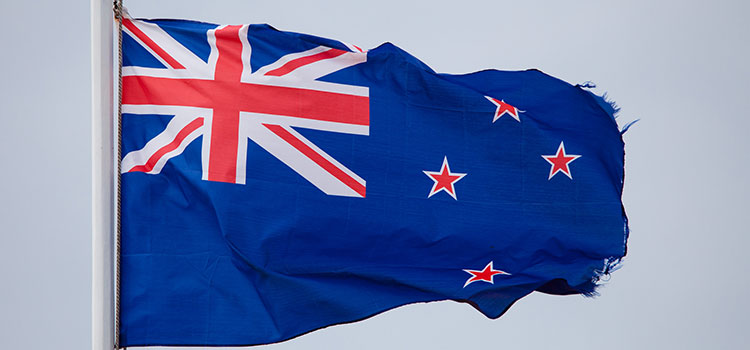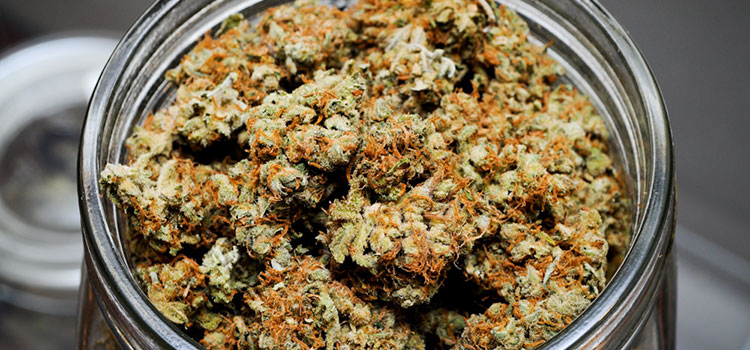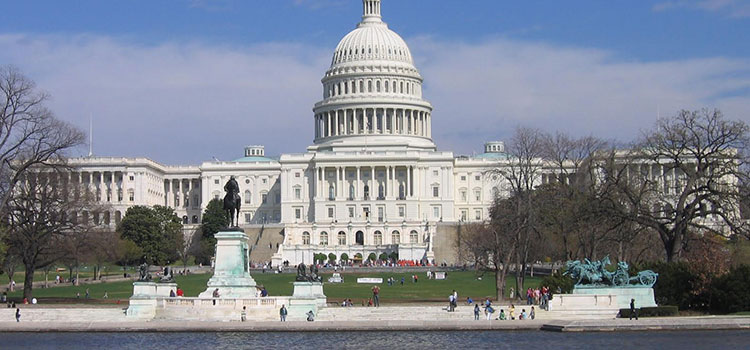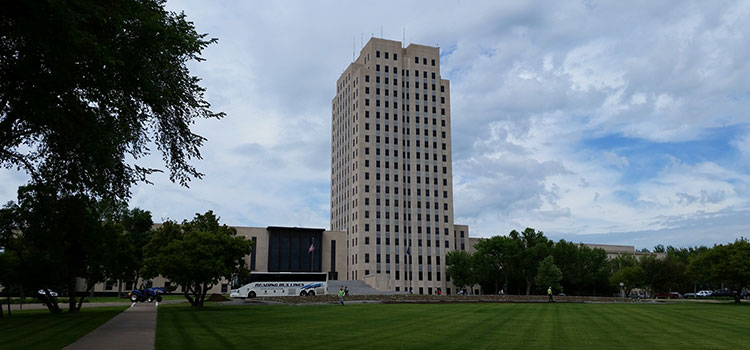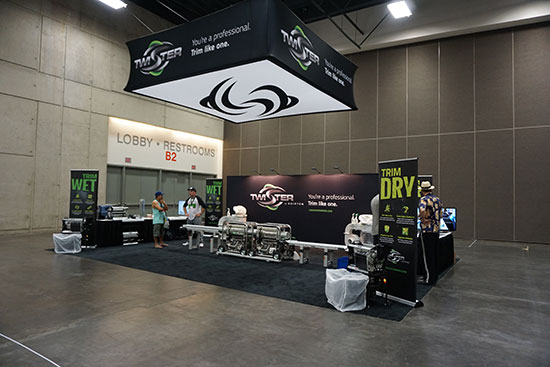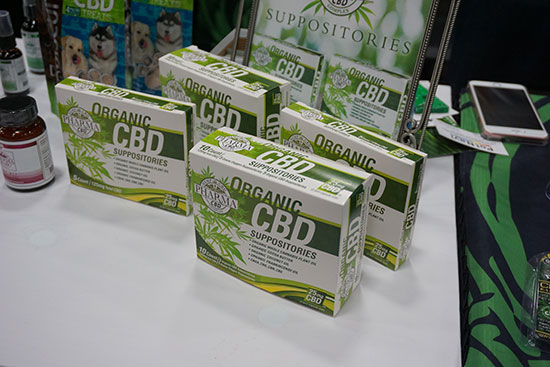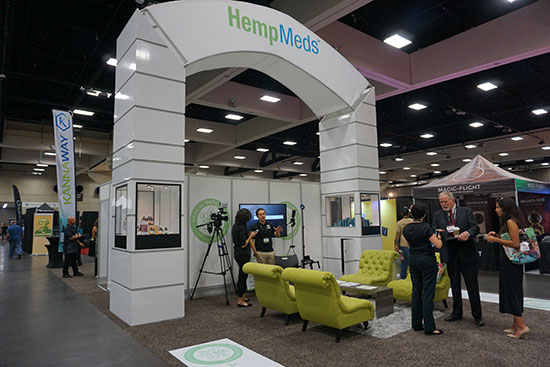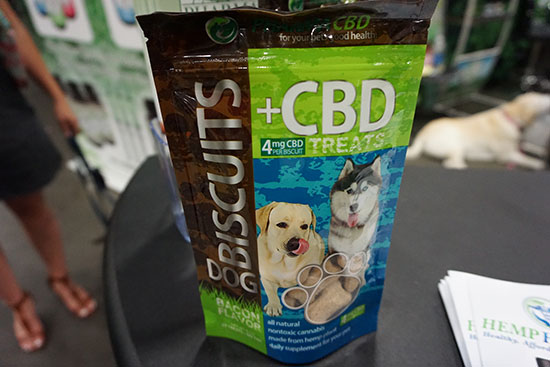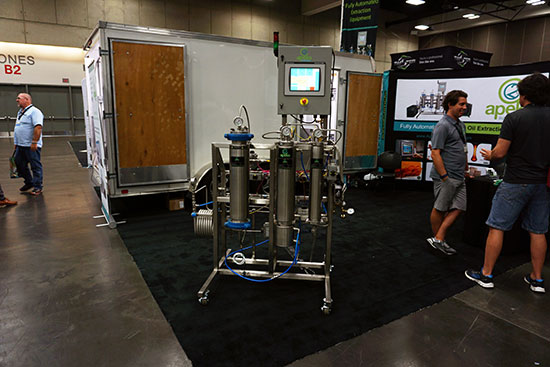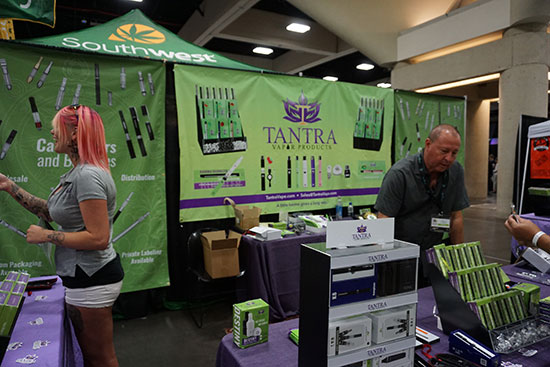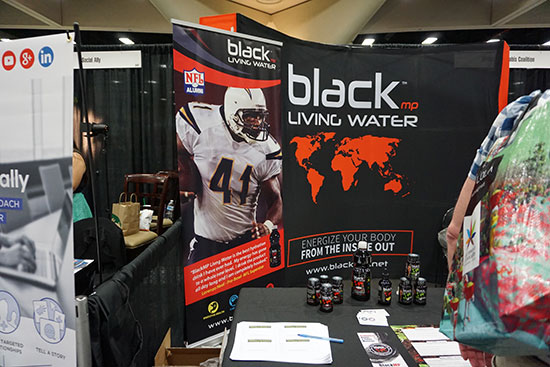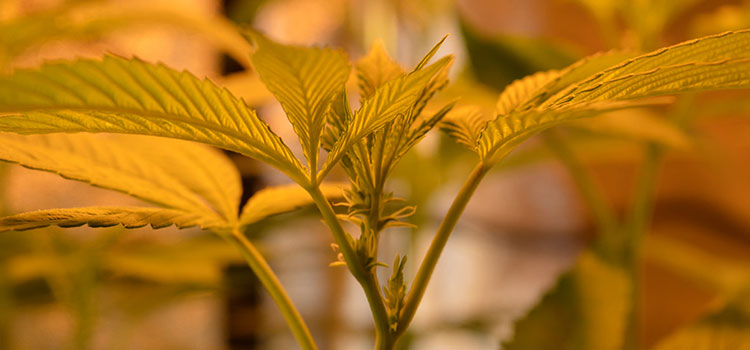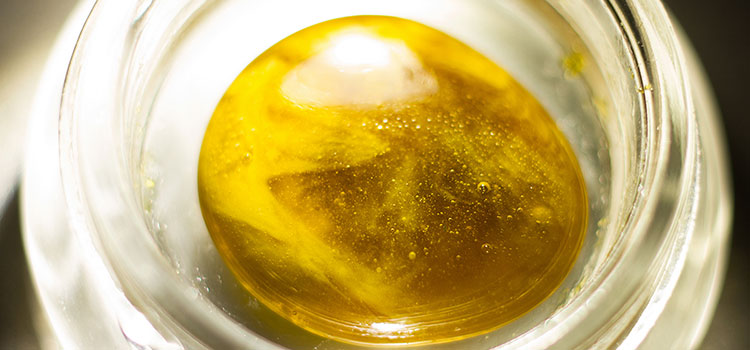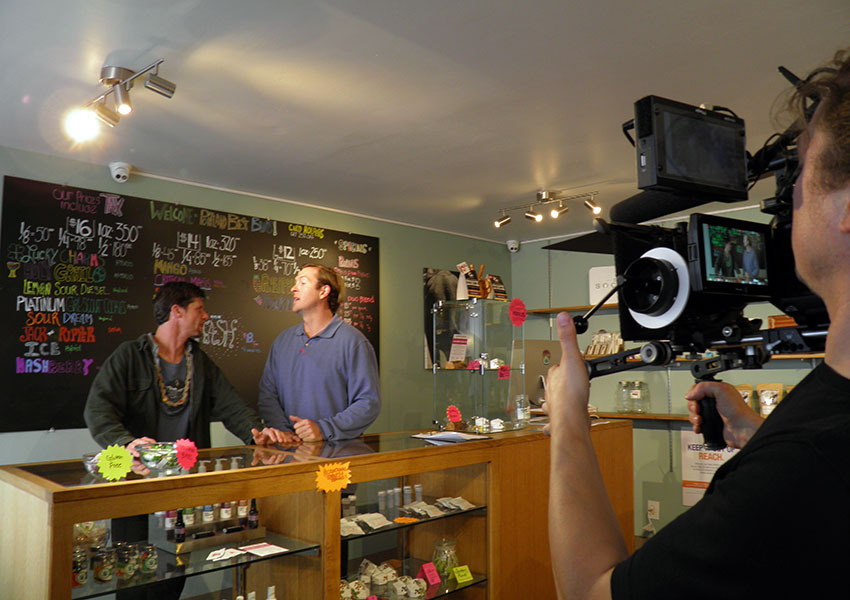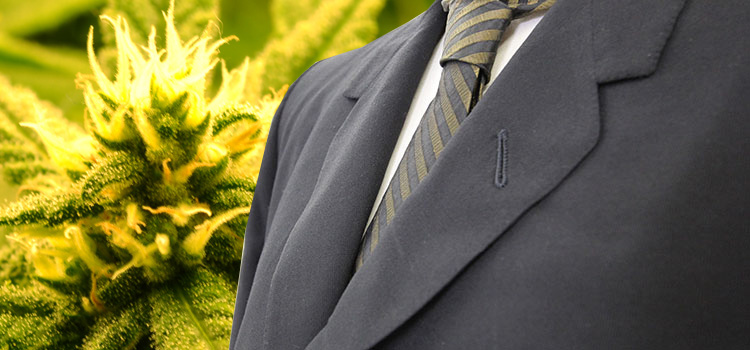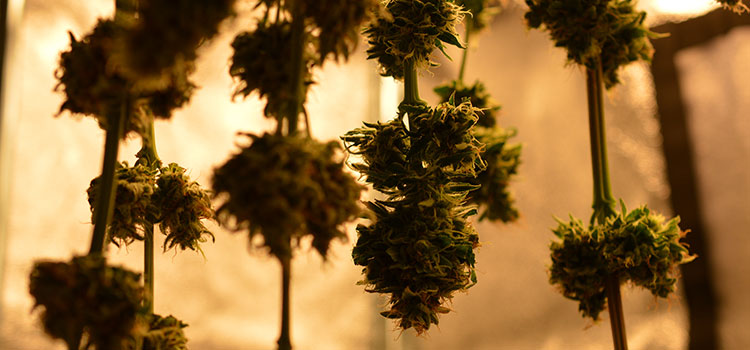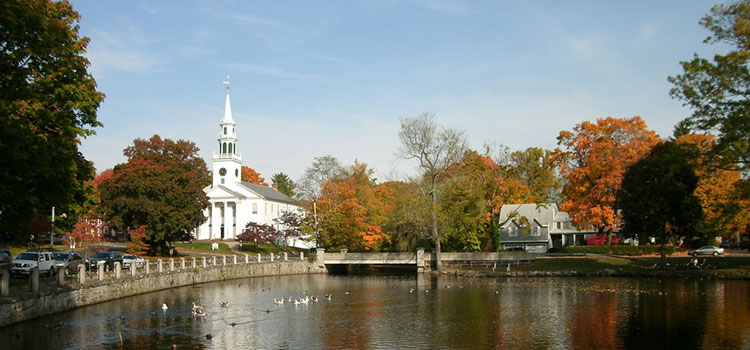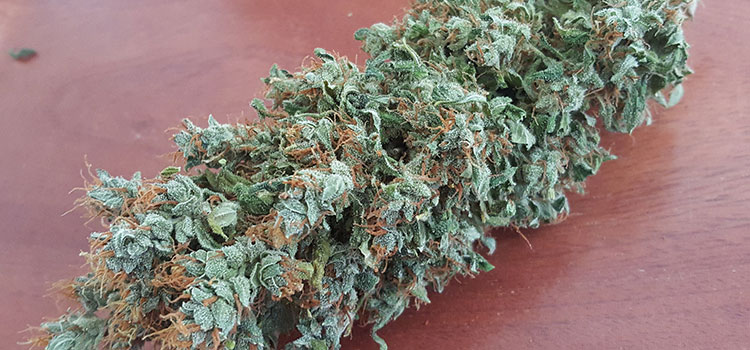HempStaff is a Florida-based enterprise focused on cannabis staffing, networking, and educational opportunities.
There are two core offerings at HempStaff. The company was developed to be a combination cannabis head-hunters agency — dedicated to helping cannabis companies find the right talent to fill their high-level occupational vacancies — and an institution of cannabis learning, through which HempStaff offers live, in-person group classes to people around the country who are pursuing entry-level positions at a dispensary or legal grow operation. The classes are also popular among entrepreneurs who are curious about cannabis, opportunities in the industry, and/or the medical and cultural advances that have been made since the era of widespread prohibition.
Finding and satisfying demand for cannabis talent
According to company co-founder and Vice President Rosie Yagielo, HempStaff — put simply — is “in the business of helping people.”
“We’re helpers,” Yagielo said when interviewed by Ganjapreneur. “We want this industry to succeed, no matter what side we’re looking at: from the business point of view, we want their business to succeed right off the bat, so we’re going to help them find the most qualified, experienced person we can; on the employee side, we want these folks to succeed as well.”
HempStaff offered its first class in September 2014. The agency has a dedicated cannabis trainer based out of Colorado who has worked nearly every typical cannabis industry job — this person travels regularly on weekends to wherever HempStaff is hosting a class to talk about cannabis and what it means to be a dispensary agent (a.k.a. budtender). Yagielo herself teaches the HempStaff courses on regulatory compliance, which she says are kept interesting because the laws inevitably vary state-by-state, and, more often than not, even those laws are changed on a month-by-month basis.
“It is amazing the quality of people that come to my class,” she said. “I could teach everything [about] what the job is — but I can’t teach passion, and I can’t teach compassion. They come to my class because they have both of those things: they really want to get into the industry, and they really want to help other people.”
Spreading success around the industry
Yagielo, who left behind twenty years of experience working in hotels after an unfortunate knee injury prevented her from spending too much time in the day standing and walking, set her sights on the cannabis industry in 2013 after realizing that her networking skills and business experience would be a boon to many cannabis entrepreneurs — many of whom are emerging from the unregulated market.
“My goal is to make others succeed,” she said. “That’s what we built HempStaff on: we want students to succeed and we want businesses to succeed, because we want the industry to exceed. That’s always been the goal.”
Between their talent sourcing and educational opportunities, HempStaff works to cultivate opportunities that will cover every important base for a potential career in cannabis. Whether it’s a person looking for an entry-level trimming job; an esteemed master grower looking to meddle in a different, emerging marketplace; or an entrepreneur who by all accounts has the capital and gumption for a cannabis startup, but doesn’t yet have an established, dedicated team to bring their idea to life — HempStaff dedicates itself to finding a solution.
For more information, visit www.HempStaff.com — or go to Rosie Yagielo’s blog, where she tackles many of the important questions common when considering a career in cannabis.



